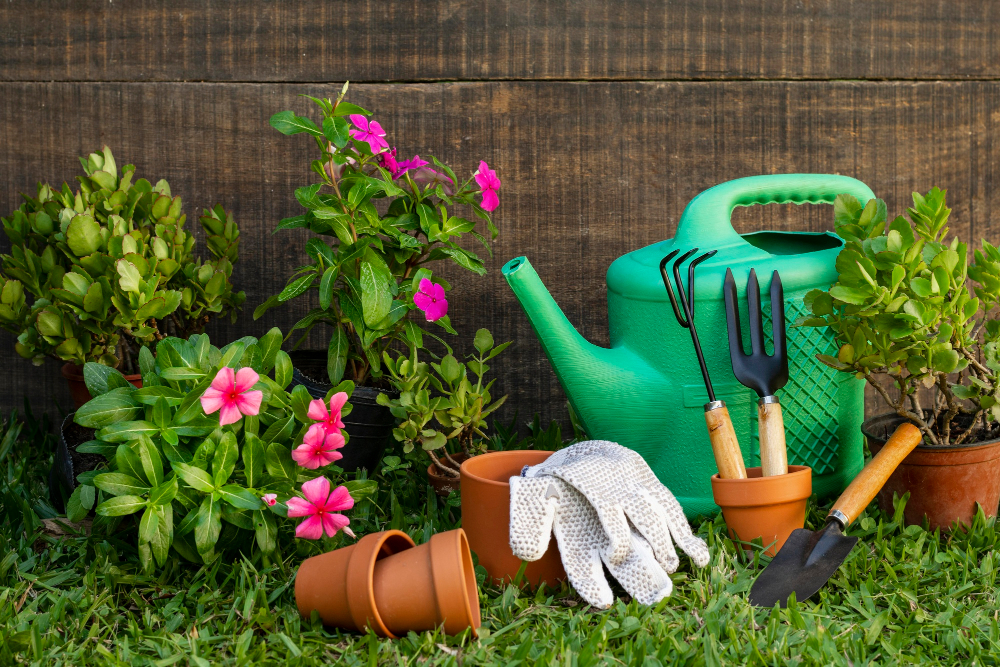- 20 June 2023
- 75
Maximizing Your Outdoor Space with Garden Design 101

Introduction:
Having a well-designed garden can transform your outdoor space into a beautiful and functional oasis. Whether you have a small balcony, a spacious backyard, or anything in between, implementing effective garden design principles can help you make the most of your outdoor area. In this article, we will explore some key concepts and tips to maximize your outdoor space with garden design.
1. Assessing Your Space:
Before diving into garden design, it’s essential to assess your outdoor space. Consider the size, shape, and existing features of your garden. Take note of any limitations or challenges, such as uneven terrain or limited sunlight. Understanding your space will help you make informed decisions during the design process.
2. Defining Your Goals:
Next, define your goals for the garden. Are you looking to create a relaxing retreat, a vibrant entertainment area, or a productive vegetable garden? Identifying your objectives will guide your design choices and ensure that your garden aligns with your vision.
3. Planning the Layout:
A well-planned layout is crucial for maximizing your outdoor space. Consider the different zones or areas you want to incorporate, such as seating areas, pathways, and plant beds. Pay attention to traffic flow and ensure that there is enough space for movement and activities. Additionally, consider the balance between hardscape elements (such as patios or decks) and greenery to create an inviting and harmonious atmosphere.
4. Choosing the Right Plants:
Selecting the right plants is essential for a successful garden design. Consider factors such as climate, soil conditions, and maintenance requirements. Choose a mix of plants that provide visual interest throughout the year, including evergreens, flowering plants, and foliage with varying textures and colors. Additionally, consider incorporating native plants that are well-suited to your region, as they often require less maintenance and support local ecosystems.
5. Creating Vertical Gardens:
If you have limited space, vertical gardens can be a game-changer. Utilize walls, fences, or trellises to grow climbing plants or install vertical planters. This technique not only maximizes space but also adds visual interest and creates a lush, green backdrop.
6. Incorporating Functional Elements:
To make the most of your outdoor space, consider incorporating functional elements. Install seating areas, such as benches, chairs, or outdoor sofas, to create comfortable gathering spots. Add lighting to extend the usability of your garden into the evening. Consider features like fire pits, water features, or outdoor kitchens to enhance the functionality and ambiance of your outdoor space.
7. Maintaining Your Garden:
Regular maintenance is crucial to keep your garden looking its best. Develop a maintenance routine that includes watering, pruning, fertilizing, and pest control. Stay on top of weeding to prevent unwanted plants from taking over. Regularly assess the health of your plants and address any issues promptly.
Conclusion:
Maximizing your outdoor space with garden design is a rewarding endeavor that can transform your outdoor area into a beautiful and functional retreat. By assessing your space, defining your goals, planning the layout, choosing the right plants, creating vertical gardens, incorporating functional elements, and maintaining your garden, you can create a space that reflects your style and enhances your outdoor living experience. So, roll up your sleeves, get creative, and start designing your dream garden today!

